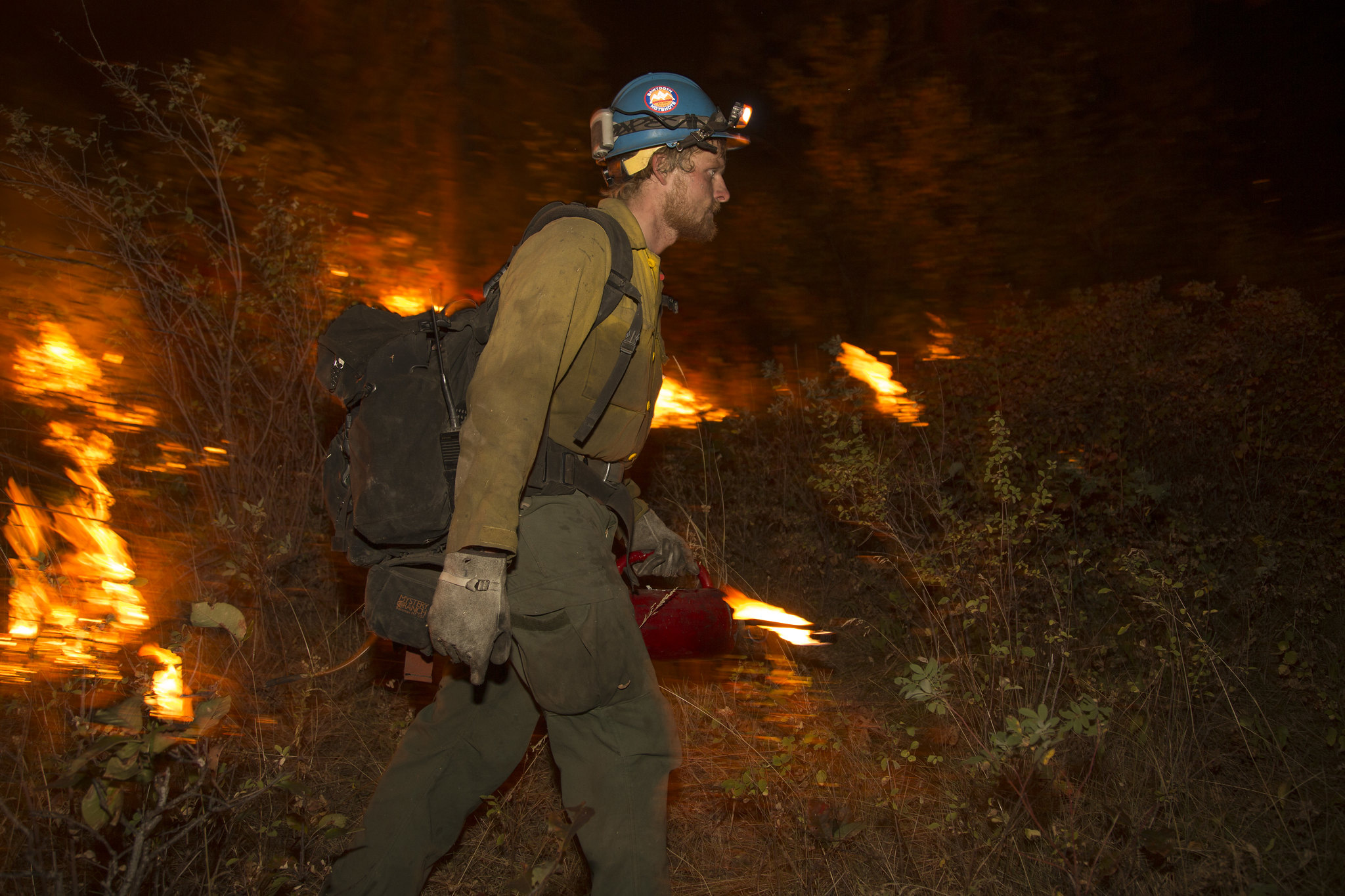The U.S. Forest Service and Department of Interior fired thousands of employees this week, gutting the public land agencies at a time when they typically would ramp up hiring for the spring and summer seasons.
“These are real people we’re talking about. People in your grocery stores and at restaurants. You see them at the sidelines of soccer games. These are people in your communities,” says Land Tawney, co-chair of the newly-formed conservation group American Hunters and Anglers. “And this has major implications for management on the ground. The folks they are cutting, that they cut, are people that actually do the work on the ground.”
While specifics on the firings are hazy, Politico reported Friday that the Forest Service dismissed 3,400 people, which is about 10 percent of its workforce. The Interior Department fired about 2,300 probationary employees — those who have been in their positions less than a year — including 1,000 people in the Park Service. The Interior Department also oversees the Bureau of Land Management and U.S. Fish and Wildlife Service.
The cuts are part of a broader effort within the new administration to slash the federal workforce, which included firing about 200,000 of the government’s probationary employees.

For those of us who hunt, fish, and recreate outside, the cuts may well mean closed trails, closed campgrounds, and no one to clean toilets, Tawney says. The probationary employees are often ones who worked seasonal jobs for years and were new to permanent positions. They work in fire resiliency and on restoration projects and help maintain 840 million acres of public land across the country, including national parks and historic sites, sprawling national forests and multiple use BLM lands. During the first Trump administration, President Trump signed the Great American Outdoors Act, which included — among other support for public lands — funding for decades-long deferred maintenance issues at national parks.
People fired in national parks include those working in health and safety fields such as those who run park wastewater treatment plants, says Kristen Brengel, senior vice president of government affairs for the National Parks Conservation Association. She was told several major parks lost their sewer system operators.
“None of this was done thinking through who stays and who goes. And there are going to be problems in parks as a result of this,” she says. “Some parks might smell like sewers this summer.”

The cuts add to already underfunded parks, which have lost about 20 percent of their workforce since 2010. Staff fired include chief of interpretation positions, deputy superintendents, and others with specific skills needed to run parks, which have seen a massive influx of tourists in recent years. And because the federal government is currently in a hiring freeze, none of the critical positions lost can be refilled. Brengel particularly worries as parks head into busy spring break and summer seasons.
Instead of making the government more efficient — part of billionaire Elon Musk’s work at the new Department of Government Efficiency — Tawney believes the firings are a way to dismantle federal lands and then sell them to states and private individuals.
“What is going on is an attempt to make it so that our public land management can’t accomplish the goals we all want,” he says, “In order to make it easier to divest these lands.”
This is the most serious effort to get rid of federal public lands that Tawney has seen in 25 years of tracking the attempts. And it’s not just in these firings at the federal level, he says. Statehouses like Wyoming are becoming outspoken about taking over federal lands, even though the state’s constitution clearly states it gave up the right to unappropriated lands in exchange for statehood.

Read Next: Trump’s Order to Pause Federal Grants Causes Chaos in the Conservation World
And the cuts also likely won’t impact the nation’s growing federal deficit, Brengel says. The National Park Service runs 433 parks and historic sites, but amounts to only one-fifteenth of 1 percent of the federal budget. And the parks bring more than $55 billion to the national economy each year, supporting about 415,000 jobs.
For Tawney the cuts will have one simple outcome on all federal land: “The work won’t get done.”

